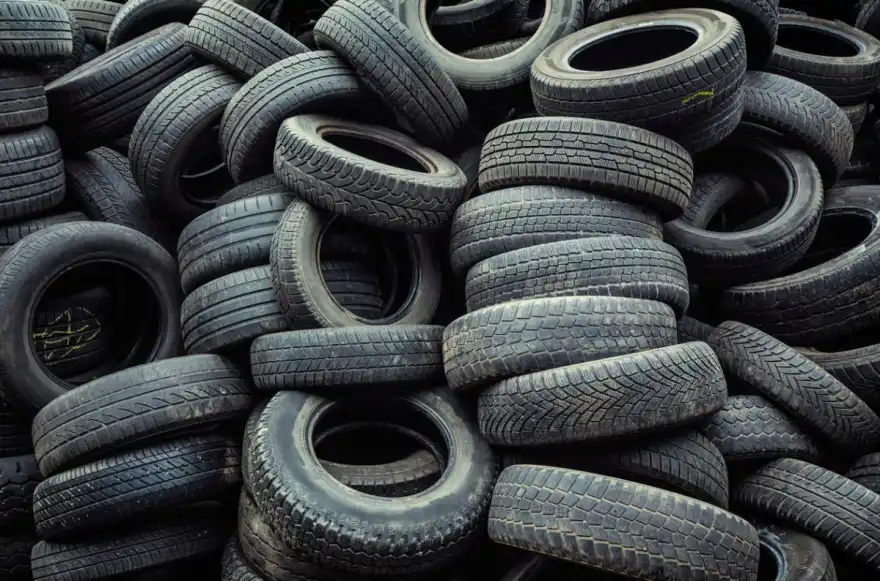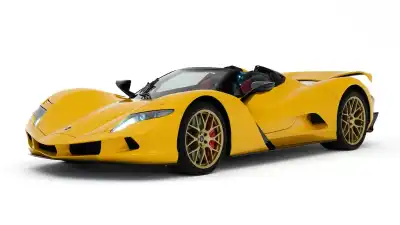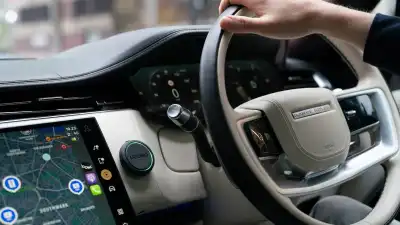
Tyre pollution is likely to be the next major cause of concern that will attract the attention of health experts after it was revealed almost 2,000 times more particle pollution is produced by tyre wear compared to exhausts.
In what is currently an unregulated industry, experts have warned there is a huge difference in the amount of pollution caused by different brands and types of tyres, with tests showing that tyres produce more than 1tn ultrafine particles for each kilometre driven - ultrafine referring to particles smaller than 23 nanometres.
These ultrafine particles are also emitted from exhausts and are of special concern to health, as their size means they enter organs via the bloodstream with some studies linking them to dementia and Alzheimer’s. Particles below 23nm are hard to measure and are not currently regulated in either the EU or US.
The requirement for better filters on exhausts, however, has meant particle emissions from tailpipes in developed countries are now much lower in new cars, with those in Europe far below the legal limit. However, the increasing weight of cars largely due to the weight of batteries in electric vehicles means more particles are being thrown off by tyres as they wear on the road.
It’s expected to take until at least 2025 before technology has developed enough to mean the weight of new electric cars is comparable to their combustion engine relative.
“Tyres are rapidly eclipsing the tailpipe as a major source of emissions from vehicles,” said Nick Molden, at Emissions Analytics, the leading independent emissions testing company that did the research. “Tailpipes are now so clean for pollutants that, if you were starting out afresh, you wouldn’t even bother regulating them.
“We came to a bewildering amount of material being released into the environment – 300,000 tonnes of tyre rubber in the UK and US, just from cars and vans every year.”
There are currently no regulations either in the UK, EU or US on the wear rate of tyres and little regulation on the chemicals they contain.
“You could do a lot by eliminating the most toxic tyres,” he said. “It’s not about stopping people driving, or having to invent completely different new tyres. If you could eliminate the worst half, and maybe bring them in line with the best in class, you can make a massive difference. But at the moment, there’s no regulatory tool, there’s no surveillance.”
The tests of tyre wear were done on 14 different brands using a Mercedes C-Class driven in a normal fashion on the road, with some tested over their full lifetime.
High-precision scales measured the weight lost by the tyres and a sampling system that collects particles behind the tyres while driving assessed the mass, number and size of particles, down to 6nm. The real-world exhaust emissions were measured across four petrol SUVs, the most popular new cars today, using models from 2019 and 2020.
Used tyres produced 36 milligrams of particles each kilometre, 1,850 times higher than the 0.02 mg/km average from the exhausts. A very aggressive – though legal – driving style sent particle emissions soaring, to 5,760 mg/km.
Far more small particles are produced by the tyres than large ones. This means that while the vast majority of the particles by number are small enough to become airborne and contribute to air pollution, these represent only 11% of the particles by weight. Nonetheless, tyres still produce hundreds of times more airborne particles by weight than the exhausts.
Did you know that electric vehicles are twice as likely to suffer wheel and tyre breakdowns? Find out more here



